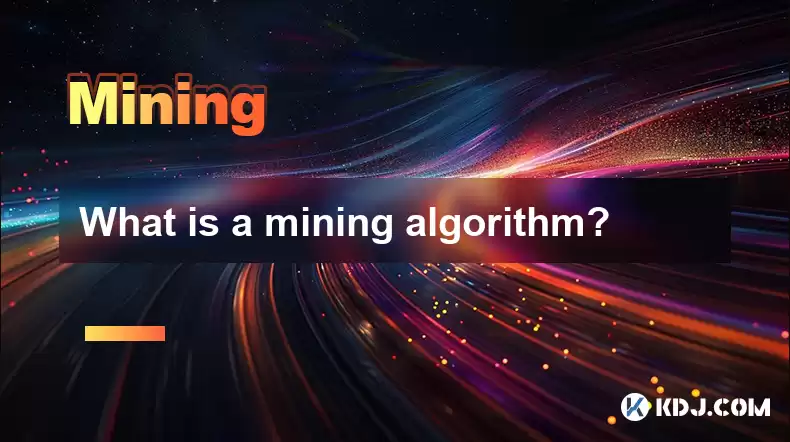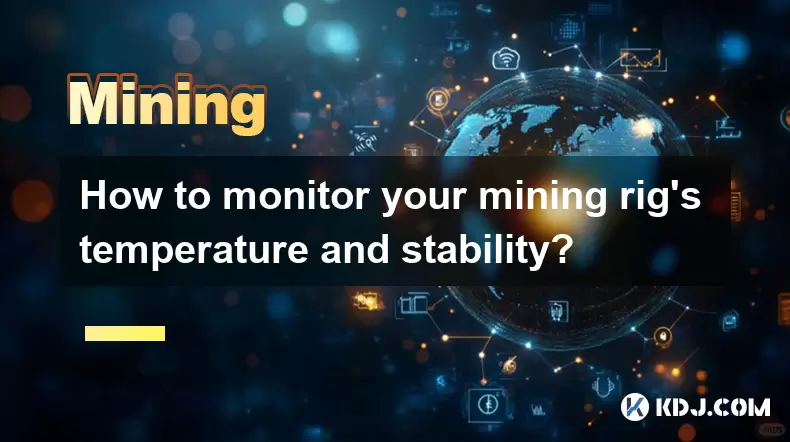-
 Bitcoin
Bitcoin $116400
-0.36% -
 Ethereum
Ethereum $4033
3.40% -
 XRP
XRP $3.302
-1.26% -
 Tether USDt
Tether USDt $1.000
-0.02% -
 BNB
BNB $796.1
1.67% -
 Solana
Solana $177.8
1.89% -
 USDC
USDC $0.9999
0.00% -
 Dogecoin
Dogecoin $0.2314
4.09% -
 TRON
TRON $0.3381
0.14% -
 Cardano
Cardano $0.7989
1.22% -
 Stellar
Stellar $0.4496
-1.84% -
 Chainlink
Chainlink $20.42
9.42% -
 Hyperliquid
Hyperliquid $41.17
0.88% -
 Sui
Sui $3.914
3.77% -
 Bitcoin Cash
Bitcoin Cash $584.7
1.52% -
 Hedera
Hedera $0.2632
-0.54% -
 Avalanche
Avalanche $24.09
3.40% -
 Ethena USDe
Ethena USDe $1.001
-0.02% -
 Litecoin
Litecoin $123.2
1.33% -
 Toncoin
Toncoin $3.318
-0.04% -
 UNUS SED LEO
UNUS SED LEO $8.984
-0.05% -
 Shiba Inu
Shiba Inu $0.00001323
2.85% -
 Uniswap
Uniswap $10.90
4.41% -
 Polkadot
Polkadot $3.999
3.34% -
 Dai
Dai $1.000
0.01% -
 Cronos
Cronos $0.1630
9.64% -
 Bitget Token
Bitget Token $4.484
0.82% -
 Monero
Monero $272.4
2.44% -
 Pepe
Pepe $0.00001173
6.03% -
 Aave
Aave $290.8
2.88%
What is a mining algorithm?
The choice of mining algorithm influences critical aspects of cryptocurrency networks, such as energy consumption, security, decentralization, performance, and mining equipment costs.
Feb 20, 2025 at 07:36 am

Key Points:
- A mining algorithm is a set of rules and mathematical calculations used by cryptocurrency miners to validate transactions and record them on the blockchain.
- Different mining algorithms prioritize various factors, such as energy efficiency, security, and decentralization.
- The choice of mining algorithm significantly influences the hardware requirements, energy consumption, and security of cryptocurrency networks.
What is a Mining Algorithm?
A mining algorithm is the core mathematical foundation upon which cryptocurrency mining operates. It defines the complex mathematical problems that miners need to solve in order to validate transactions and generate new blocks in the blockchain. The solution to these problems proves that the miner has invested computational effort and energy in processing the transactions. Successful miners are rewarded with newly minted cryptocurrency as a block reward.
Types of Mining Algorithms:
Cryptocurrency mining algorithms can be classified into several types based on their underlying mathematical principles:
SHA-256
- Used by Bitcoin (BTC)
- Energy-intensive
- ASIC-resistant
- Prioritizes security
Scrypt
- Used by Litecoin (LTC)
- Somewhat energy-efficient
- ASIC-resistant
- Balanced approach to security and performance
X11
- Used by Dash (DASH)
- Energy-efficient
- ASIC-resistant
- Optimized for privacy and anonymity
Ethash
- Used by Ethereum (ETH)
- Memory-intensive
- GPU-optimized
- Focuses on fair distribution and decentralization
Equihash
- Used by Zcash (ZEC)
- ASIC-resistant
- CPU-intensive
- Prioritizes privacy and decentralization
Factors in Selecting a Mining Algorithm
The choice of mining algorithm for a cryptocurrency network depends on several key factors:
- Energy consumption: Energy-efficient algorithms like Equihash minimize electricity costs for miners.
- Security: Algorithms like SHA-256 prioritize security by making it difficult for malicious actors to attack the network.
- Decentralization: ASIC-resistant algorithms like X11 promote decentralization by making mining accessible to a wider range of participants.
- Performance: Algorithms like Ethash optimize performance by reducing block confirmation times.
- Cost of mining equipment: Some algorithms, such as Scrypt, require specialized hardware like ASICs, which can be expensive.
FAQs
Q: What is the purpose of a mining algorithm?
A: It is used to validate transactions, add new blocks to the blockchain, and reward miners for their computational effort.
Q: What are the different types of mining algorithms?
A: Common types include SHA-256, Scrypt, X11, Ethash, and Equihash.
Q: Which algorithm is used by Bitcoin?
A: SHA-256
Q: What factors should be considered when selecting a mining algorithm?
A: Energy consumption, security, decentralization, performance, and equipment cost.
Q: Why is it important to have a mining algorithm that is resistant to ASICs?
A: ASIC resistance helps maintain decentralization by preventing a few large entities from dominating the mining process.
Disclaimer:info@kdj.com
The information provided is not trading advice. kdj.com does not assume any responsibility for any investments made based on the information provided in this article. Cryptocurrencies are highly volatile and it is highly recommended that you invest with caution after thorough research!
If you believe that the content used on this website infringes your copyright, please contact us immediately (info@kdj.com) and we will delete it promptly.
- Shiba Inu (SHIB) in the Crypto Landscape: Community, Trends, and Future Outlook
- 2025-08-09 20:30:12
- Lasers in Modern Warfare: Iron Beam and the Future of Defense
- 2025-08-09 20:30:12
- Maxi Doge Presale: The Meme Coin That's Pumping Iron and Prices!
- 2025-08-09 19:10:11
- Rare Coin Warning: Don't Get Fooled by That 1p Coin!
- 2025-08-09 18:50:12
- Cardano, Unilabs, and Tron Price: Decoding the Latest Crypto Buzz
- 2025-08-09 18:30:12
- Aerodrome Finance: Price Targets and the Bullish Channel - What's Next?
- 2025-08-09 18:50:12
Related knowledge

What is "proof-of-work" and how does it relate to mining?
Aug 07,2025 at 02:03pm
Understanding the Concept of Proof-of-WorkProof-of-work (PoW) is a consensus mechanism used in blockchain networks to validate transactions and secure...

What are the differences between mining on Windows vs. Linux?
Aug 06,2025 at 11:29pm
Overview of Cryptocurrency Mining PlatformsCryptocurrency mining involves using computational power to solve complex cryptographic puzzles and validat...

How to use an old computer for cryptocurrency mining?
Aug 07,2025 at 12:42pm
Understanding the Feasibility of Using an Old Computer for MiningUsing an old computer for cryptocurrency mining may seem outdated, but it is still te...

Can you mine cryptocurrency using solar power?
Aug 07,2025 at 12:00am
Understanding the Basics of Cryptocurrency MiningCryptocurrency mining involves validating transactions on a blockchain network by solving complex cry...

How to monitor your mining rig's temperature and stability?
Aug 09,2025 at 09:43am
Understanding the Importance of Temperature Monitoring in Mining RigsMaintaining optimal temperature levels in a mining rig is essential for long-term...

How to build a mining rig inside a PC case?
Aug 06,2025 at 11:01pm
Understanding the Basics of a Mining Rig in a PC CaseBuilding a mining rig inside a PC case involves transforming a standard computer chassis into a d...

What is "proof-of-work" and how does it relate to mining?
Aug 07,2025 at 02:03pm
Understanding the Concept of Proof-of-WorkProof-of-work (PoW) is a consensus mechanism used in blockchain networks to validate transactions and secure...

What are the differences between mining on Windows vs. Linux?
Aug 06,2025 at 11:29pm
Overview of Cryptocurrency Mining PlatformsCryptocurrency mining involves using computational power to solve complex cryptographic puzzles and validat...

How to use an old computer for cryptocurrency mining?
Aug 07,2025 at 12:42pm
Understanding the Feasibility of Using an Old Computer for MiningUsing an old computer for cryptocurrency mining may seem outdated, but it is still te...

Can you mine cryptocurrency using solar power?
Aug 07,2025 at 12:00am
Understanding the Basics of Cryptocurrency MiningCryptocurrency mining involves validating transactions on a blockchain network by solving complex cry...

How to monitor your mining rig's temperature and stability?
Aug 09,2025 at 09:43am
Understanding the Importance of Temperature Monitoring in Mining RigsMaintaining optimal temperature levels in a mining rig is essential for long-term...

How to build a mining rig inside a PC case?
Aug 06,2025 at 11:01pm
Understanding the Basics of a Mining Rig in a PC CaseBuilding a mining rig inside a PC case involves transforming a standard computer chassis into a d...
See all articles

























































































